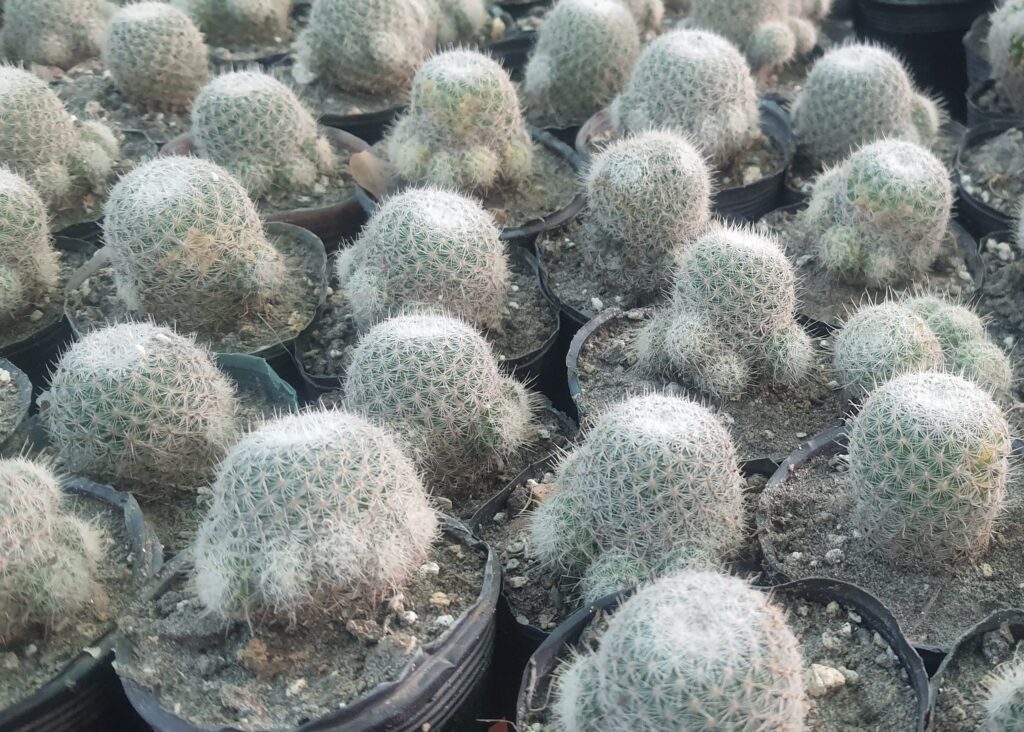Dragon Fruit Plant: An Unusual and Beneficial Garden Feature
Overview of the Dragon Fruit Plant
One of the most unusual and eye-catching fruits you may plant in your garden is dragon fruit, sometimes referred to as pitaya. In addition to adding beauty to your yard, the dragon fruit plant, with its vivid pink or yellow skin and white or red meat speckled with tiny black seeds, is a tasty and nourishing delight. Originally from Central America, this intriguing plant—a cactus—has gained popularity worldwide because of its unusual look and health advantages.This blog post will walk you through the growing and maintenance of the dragon fruit plant, whether you’re thinking about putting it in your yard or indoor area. The dragon fruit plant provides a satisfying growing experience regardless of your level of gardening expertise.
The Dragon Fruit Plant is a Twisted Cactus
The cactus family includes dragon fruit plants, which are scientifically referred to as Hylocereus. As climbing cacti, these plants develop into vines that require assistance to flourish. The plant appears almost mystical because of its eye-catching, big, white or yellow flowers that bloom at night. After pollination, the plant develops the famed dragon fruit, which has a thick, prickly outer covering with a soft.There are several types of the fruit, including yellow, red, and white-fleshed pitayas, and each has a distinct flavour.
Conditions for Dragon Fruit Plant Growth
Although they can be cultivated successfully in subtropical or temperate regions, dragon fruit plants prefer warm, tropical settings, particularly when planted in pots or other containers. For optimum growth, the plant need at least six hours of direct sunlight per day, and it likes full sun. However, dragon fruit plants can grow in a range of garden conditions because they can withstand some shade.Selecting a spot with well-drained soil is crucial when growing dragon fruit. Good drainage is essential for these plants because they are susceptible to waterlogging. Use a succulent mix or cactus for growing dragon fruit in pots since it provides the ideal ratio of nutrients and drainage. The recommended soil pH range for dragon fruit plants is between 6 and 7, which is slightly acidic to neutral.
Dragon Fruit Planting and Maintenance
Planting:
Cuttings or seeds are usually used to propagate dragon fruit plants. Make sure the cuttings are healthy and from a mature plant if you’re starting with them. When planting, bury the cutting in the ground two to three inches deep and give it a little water. Roots will eventually grow.
Watering:
Dragon fruit plants require frequent watering, however over watering might cause root rot. Make sure the soil dries out in between waterings by giving the plant thorough but sparse watering. The plant will require more water in the spring and summer while it is growing, and less water in the winter when it is dormant.
Fertilization:
Throughout the growing season, apply a balanced fertilizer to your dragon fruit plant once a month to promote healthy development and fruit production. To supply vital nutrients, you can also use compost or slow-release fertilizer. Overfertilization might result in excessive leaf growth at the expense of fruit yield, so exercise caution.
Support:
Since dragon fruit is a climbing cactus, it requires some form of support to grow vertically. Use a sturdy trellis, fence, or pole to allow the plant to climb and spread. As the plant grows, it will form branches that need to be pruned regularly to maintain shape and encourage healthy growth.
Temperature:
Dragon fruit plants prefer temperatures between 65°F and 85°F (18°C and 29°C). They can tolerate brief periods of colder temperatures, but frost can damage the plant. If you’re growing dragon fruit in a region with cold winters, consider planting it in a pot so you can move it indoors during the colder months.
Harvesting Dragon Fruit
Your dragon fruit plant may begin to bloom after one to two years of growing. Nocturnal animals like moths and bats pollinate these flowers, which blossom at night. If there are no natural pollinators around, hand pollination could be necessary under some situations. The fruit starts to grow when the blooms are pollinated, and it usually takes 30 to 50 days for it to reach full maturity. The skin of a ripe dragon fruit will wrinkle slightly and will typically be brilliant in colour. Harvesting is as easy as using a sharp, clean knife to cut the fruit off the stem. Because the fruit is delicate and prone to bruising, handle it with care.
Dragon Fruit’s Health Benefits
In addition to being delicious, dragon fruit has several health benefits. It is a great option for strengthening your immune system, enhancing digestion, and supporting good skin because it is high in vitamin C, antioxidants, and dietary fibre. The fruit is a great snack for anyone trying to keep up a balanced diet because it is low in calories.
In conclusion
The dragon fruit plant is a great option for anyone wishing to give their house or garden a dash of exotic beauty and health advantages. It is a pleasurable plant to grow because of its eye-catching look, low maintenance needs, and tasty fruit. The dragon fruit plant will undoubtedly spark conversation and be a source of pride whether you put it in your garden or in a pot on your balcony. Therefore, if you haven’t already, think about expanding your collection with a dragon fruit plant right now!


